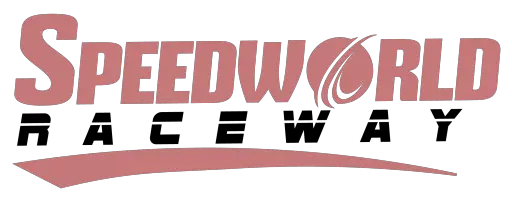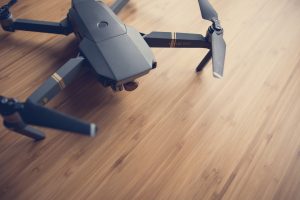Table of Contents
Introduction
It is a known fact that drones are becoming a fundamental part of our lives. They can perform many tasks and even do more when equipped with artificial intelligence and come in different sizes. The small ones are very easy to carry around and can be used indoors. The smallest type of drone is a nano drone, which is very portable and can be used indoors. But the question remains on how they are powered. For more information about drone, check outDrone
Ways at which small drones are powered
There are six known ways in which small drones can be powered, which are
Batteries
Drones are mostly powered by lithium polymer batteries that last for about 20 minutes, depending on their carrying.
Using a battery as your source of power means you will have to bring down your quite often to replace or recharge. Lipos batteries have a higher energy density, so they provide more useful power per unit weight. They discharge more slowly than other types meaning it holds a charge longer when not used but if not used properly can provide you with peak performance and can start smoking and catch fire.
Solar power
Solar-powered drones usually have solar cells attached to their wings. It utilizes solar energy to fly when the sun is up and stores power in the battery without using sunlight as a backup power source.
This power source is useful if you plan on keeping your drone in the air indefinitely. The longest a drone as stayed in the air when using solar energy was done by Atlantik Solar, which lasted for 81 hours. For more information on how solar power is used, you can check out How do solar panels work
Hydro fuel cell
Hydro fuel energy was being researched and developed by intelligent energy so it can be used in automotive, aerospace, consumer electronics, and distributed power and generation markets
After a series of research and development, they successfully demonstrated their hydro-powered drone. Its fuel cell can last for about two hours compared to a traditional LiPo battery, which only lasts 20 minutes. It also claims its refueling is done almost instantly while the lipo battery takes a long time before it can fully charge.
Combustion engines
Yeair started a Kickstarter project on combustion engine-powered drones. This drone can stay in the air for about an hour with a speed of up to 100km/h. it is a bit louder than an average drone with a two-stroke ten cc gasoline engines and can be very dangerous because it contains a full tank of highly flammable gas. But they offer more power than lipo batteries and can be useful for a power user.
Tethered
A drone with a cable tethered to a power source during flight has the capability of staying in the air forever. Electricity will constantly be transferred to the drone through connection with the power source and allows transmitting of data faster and easier.
The only setback to this will be your drone won’t fly far because of the cable connecting it to the power source. Some drones services provide a solution to this by tethering the drone to a power source of a moving vehicle to cover more ground.
Laser transmitter
The power link is a technology introduced by laser motive. It uses power beaming to send a beam of light from the ground station to the UAV receiver, where light is converted into electricity used to power the UAV. With technology like this, drones won’t need to come down at all because if it power runs out, it just needs to fly to the power link range to recharge
Conclusion
Drones have become a very important part of human life because they perform so many tasks; knowing how such a device is powered and what power source to use is very important because a drone can’t perform tasks without a suitable power source. I hope you have learned how drones, specifically small drones, are powered with what I have written above. For more information about drones and how they are used, check out
What is headless mode on a drone‘

